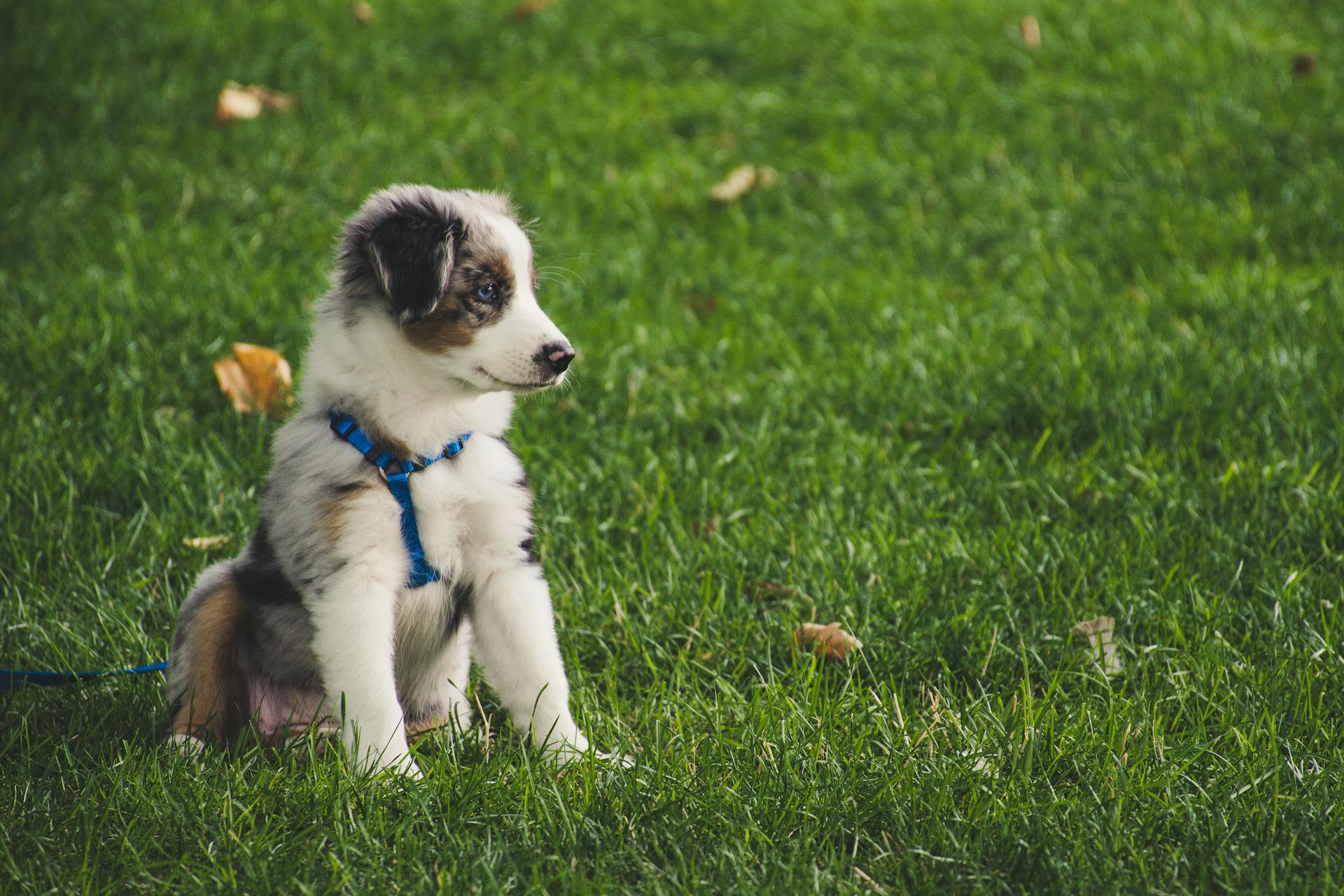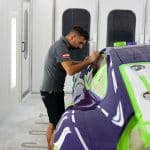Training your puppy is a critical task that requires time, patience, and a lot of practice. The process is pivotal in shaping your pet’s behavior and ingraining lifelong habits. This comprehensive guide offers various tips to help you successfully train your pup with a focus on crate training, potty training, leash training, and teaching basic commands. The keywords to keep in mind throughout this guide are training, dog, puppy, will, crate, dogs, sit, potty, puppies, pup, food, leash, start, time, teach, behavior, treat, find, help, and learn.
Starting with Crate Training
Crate training is a key part of puppy training that solves a range of behavioral issues and helps your pup feel secure. Your puppy may initially resist crate training, but with time and patience, they will come to see their crate as their safe haven.
Dans le meme genre : Recognizing signs of aging in dogs
How to Start Crate Training: Begin by introducing your puppy to the crate. Make sure it’s comfortable, inviting, and the right size. Encourage your puppy to go in and out of the crate by using treats and food as positive reinforcement. Remember to ensure the puppy is comfortable before closing the crate door. Gradually increase the amount of time your puppy spends in the crate, starting with short periods and slowly extending them.
Consistency in Crate Training: Consistency is vital in crate training. Create a regular feeding schedule and ensure to take the puppy out for potty breaks at consistent times. This consistency will help the puppy understand their routine and be more comfortable with crate training.
A lire en complément : Choosing the right bedding for small mammals
Potty Training Your Pup
Potty training is another essential aspect of puppy training. It keeps your home clean and helps your puppy understand where they should and shouldn’t go.
Starting Potty Training: When you start potty training, choose a specific outdoor spot for your puppy to use. Every time you take your puppy out, bring them to this spot. This will help your puppy associate this spot with going to the bathroom.
Potty Training Schedule: Much like crate training, consistency is key in potty training. Create a schedule for taking your puppy out. Typically, puppies need to go out after they wake up, after they eat, and before they go to bed.
Leash Training
Leash training is critical for the safety and control of your puppy during walks. It can be a bit challenging at first, but with patience and consistency, your puppy will learn how to behave on the leash.
Introducing the Leash: Start by letting your puppy wear the leash around the house under your supervision. This helps them get used to the feeling of the leash. Gradually start to hold onto the leash and walk with your puppy around the house before venturing outside.
Building Up Distance and Time: Begin with short walks and gradually increase the length and duration as your puppy becomes more comfortable. Remember to always maintain control of the leash, and never let your puppy lead you.
Teaching Basic Commands
Teaching your puppy basic commands such as “sit,” “stay,” “come,” and “leave it” is crucial for their safety and good behavior.
How to Teach Commands: Use treats as a reward for following commands. Start by saying the command in a clear, firm voice. When your puppy follows the command, reward them with a treat and praise. Repeat this process consistently until your puppy understands and responds to the command without needing a treat.
Patience and Consistency: Teaching commands requires a lot of patience and consistency. Don’t expect your puppy to learn everything at once. Keep training sessions short and positive, and always end on a high note.
Remember, every puppy is different and learns at their own pace. It’s important to be patient, consistent, and positive during the training process. With these tips, your puppy will be well on their way to becoming a well-behaved and happy dog.
Socialization and Exposure
One of the most overlooked aspects of puppy training is socialization and exposure. This is the process of introducing your puppy to different environments, people, and animals to help them become well-adjusted and confident adults.
Why Socialization and Exposure Matters: Puppies that are not properly socialized may become fearful or aggressive towards unfamiliar things. This could lead to behavioral problems in the future. Socialization helps your puppy become a well-rounded and confident adult dog.
Starting with Socialization and Exposure: You should start socialization as soon as your vet gives the go-ahead. Take your puppy to different environments – parks, pet stores, busy streets, etc. Allow your pup to meet various types of people and animals in a controlled and safe manner. Remember, the goal is to make each interaction a positive experience for your puppy.
How to Practice Positive Socialization and Exposure: Always control the environment during socialization to ensure your puppy feels safe. Reward your puppy with treats and praises for calm behavior during these interactions. Be patient, and never force your puppy into an uncomfortable situation.
Puppy Training for Dog Sports
If you’re interested in getting involved in dog sports, begin your puppy training early. Dog sports like agility, obedience, flyball, and herding require a strong foundation of basic training.
Benefits of Dog Sports: Engaging your puppy in dog sports not only nurtures your bond but also offers a great way for your puppy to expend energy. Dog sports teach discipline, obedience, and can help prevent behavioral problems.
How to Start Training for Dog Sports: Start with basic obedience training, mastering commands such as “sit”, “stay”, “come”, and “leave it”. Once your puppy has these down, you can begin introducing obstacles or specific tasks related to the sport you chose. Always keep training sessions fun and positive, using treats and praises as rewards.
Conclusion
Training your puppy takes time, patience, and consistency. Whether you’re starting with crate training, potty training, leash training, teaching basic commands, socializing, or even preparing for dog sports, remember that every pup learns at their own pace. The process might be challenging, but the rewards of having a well-behaved and happy dog are worth every effort. Use these training tips as a guide, but never hesitate to seek professional help if you encounter any difficulties. Most importantly, enjoy this precious time with your pup – they grow up way too fast!






